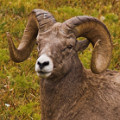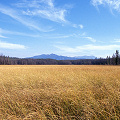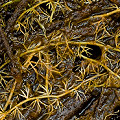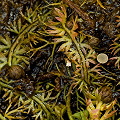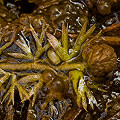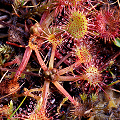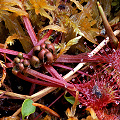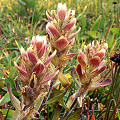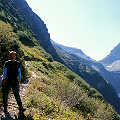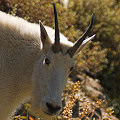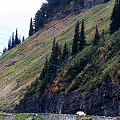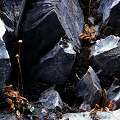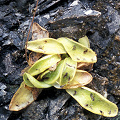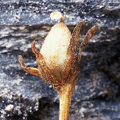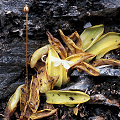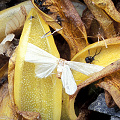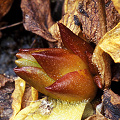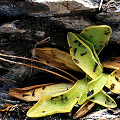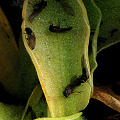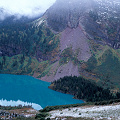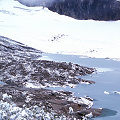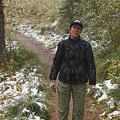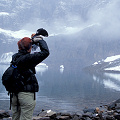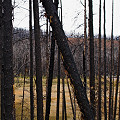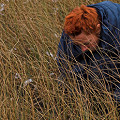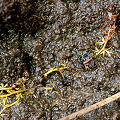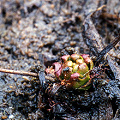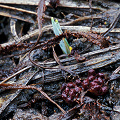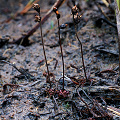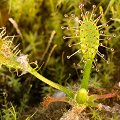
The Trip:
This trip was to Glacier National Park, which is located in the northwest corner of Montana right
against the border with Canada.
Glacier is a big park, more than 4000 km2 in area. Declared a World Heritage Site in 1995,
it is a spectacular land of exceptional wildlife densities. Its glacial landscapes have textbook
U-shaped valleys and hanging valleys. Unfortunately, the 150+ glaciers that existed in the
19th century have retreated heavily because of global climate change. When we visited only about 27 still existed, and they were
mere shadows of what they had been when the park was established. Even these few remaining glaciers are
predicted to perish by 2030. This is deeply saddening. The impacts on the local ecology, when the glaciers are gone, are
unknown.
A small but interesting set of carnivorous plants occur in the area: a few
bladderworts (Utricularia intermedia, U. macrorhiza,
and U. minor), a butterwort
(Pinguicula macroceras), and a sundew (Drosera rotundifolia). I intended to
keep my eyes open for other species that might have been overlooked, such as Utricularia gibba or
Utricularia ochroleuca. The mountains in the area (but not Glacier itself) had
Drosera anglica sites and, most interestingly, I had learned that
Drosera linearis putatively occurred in the area! This
certainly merited investigation.
Even though this was a trip dedicated to looking at scenery and wildlife, the carnivorous plants provided added
interest!
Disclaimer: Some of the sites we visited were sensitive. As such, I will not disclose location information for them. My
apologies for this necessary precaution.
I would like to finish my introduction with thanks to several people who helped me in my research before this trip. Listed
alphabetically by last name, they are Peter Lesica (University of Montana), Maria Mantas (The Nature Conservancy),
Scott Mincemoyer (Montana Natural Heritage Program), Lois Olsen (USDA Forest Service), Hawkeye Rondeau, and
Steve Shelly (USDA Forest Service).
Start the photo-essay!
